




It is more and more common to take notes on electronic applications instead of by hand.
A study conducted by Princeton in 2014 shows that when we use a keyboard to take notes, we do not absorb the material optimally, primarily because we transcript word for word instead of rephrasing in our own words. The act of typing rapidly without trying to grasp the real sense of words harms the comprehension and learning process.
Taking notes electronically might be more efficient, but doing it by hand is more effective!
https://journals.sagepub.com/doi/abs/10.1177/0956797614524581

Be cordial – Greet people when you arrive, when you leave, when you pass in the hall or when you encounter them in the elevator. A simple "Good morning", "Hello", "Goodbye" or "Goodnight” will do. Look them in the eye. Make an effort to exchange polite conversation and shake hands when you're introduced to someone. You don’t have to get into a long conversation, but simply acknowledge their presence.


Faced with change, people have different reactions. When change is perceived positively, it is welcomed. When change is perceived negatively, it is resisted.
Resistance is normal and inevitable because we are all set in our ways. When a person undergoes change and has no alternative but to respond to it, the person gradually strives to accept it.
Acceptance is full of pitfalls and we must be wary of acceptance because there is a risk of becoming submissive or resigned. Resignation and submission can take different forms: illness, burnout, lack of motivation, depression, quitting... They are the result of avoidance, of being overwhelmed and of powerlessness. We take refuge by becoming passive while lacking positive energy and we stagnate.
To accept change in a healthy way, one must be in a “solution-oriented” state of mind. One must assess the change, find meaning in what happens to us, make the decision to accept it, get involved, and seize the change by using our energy until we take ownership.
Ownership is a true source of progress, where we channel our strength to change things. When we take ownership of change, we feel pride, hope, and satisfaction and we use our skills voluntarily to create new habits as well as new routines.
Do not accept change - take ownership of it!

Robert Kelsey, author of «What’s stopping you?» shows us how to fail properly and build the resilience necessary to reap the rewards of success.
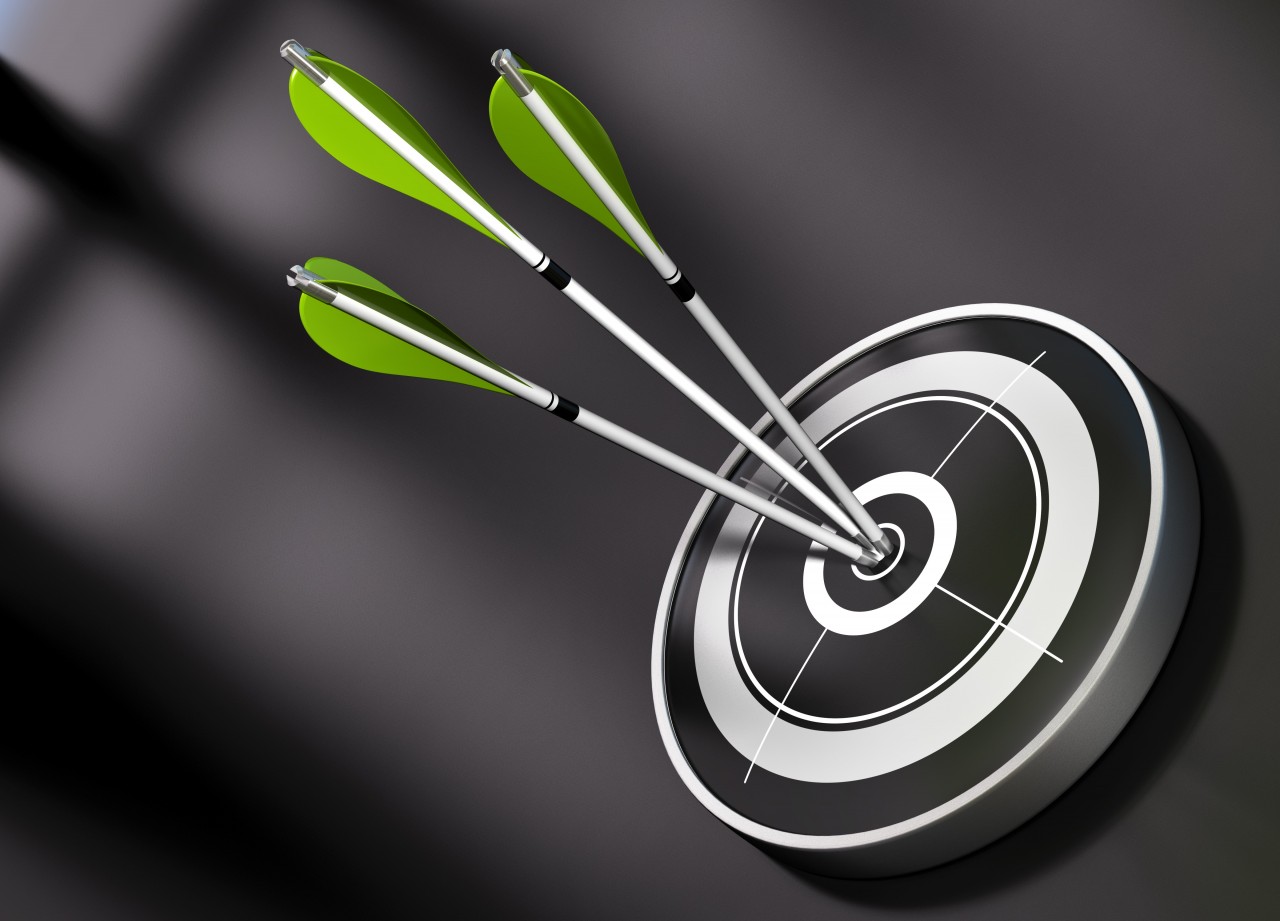
The next two articles are dedicated to mental imagery. This first article focuses on explaining this science-based technique, how it contributes to performance, and how it can help develop emotional intelligence for use in learning and integrating soft skills within our professional environment.
Mental imagery is the act of representing sensory states mentally, which can include visual, auditory, olfactory, taste, and proprioceptive states, among others. It is a mental training technique that productive people use to prepare for action, repeating and training their thoughts, feelings and behaviours in order to optimize their performance and well-being.
It is used effectively in many areas, including by those working in sports psychology, psychotherapists, psychologists and remedial teachers. In psychiatry, mental imagery is used in cognitive-behavioural therapies, particularly for post-traumatic stress disorder (PTSD) and social phobia. In the field of sport, mental imagery is a very effective method used by elite athletes as part of their mental preparation to accomplish very specific goals. In therapeutics, teaching, or personal development, mental imagery is used to induce physical, cognitive, or behavioural changes.
There are many reasons to use mental imagery:
When we physically learn to do something, the brain changes. Mental imagery is a cognitive process that stimulates the same brain areas involved in the unconscious planning and execution of movements and activates neuronal and behavioural responses similar to actual experience. Neural connections are strengthened, connections are added or removed, and new cells are formed.
Mental imagery is a scientifically proven technique that maximizes the brain’s potential through images. Through the use of brain imaging techniques, such as PET-Scans with radiotracers and functional MRIs (fMRI), it has been shown that the same regions of the brain are activated when we experience a real-life situation as during an exercise in mental imagery, and that the regions related to retinotopy (peripheral vision and/or central vision) are stimulated and reflect the same neuronal model found during the movement’s execution.
Imaging affects more than the muscles, producing cardiovascular and respiratory responses. By vividly imagining tomorrow's stressful meeting, your heart rate increases and your breathing becomes short and shallow, as in real life. This functional equivalence extends to the neural activity that occurs when you see, hear, and smell things in visual, auditory, and olfactory imagery. The same neural process activated when you perceive things with your senses is recreated when you vividly imagine them.
In short, the brain does not recognize the difference between what it really experiences and what it imagines. This is a gray area from which we can benefit!
Although mental imagery is frequently used to improve physical performance, it can also help improve activities that include a cognitive and emotional component, such as emotion and stress management or speaking in public.
Our work environments present us with constant constraints, such as angry clients, unpleasant colleagues, demanding superiors, goals to be achieved, recurring problems, and performance requirements, so it is easy to feel overworked, overwhelmed and to have a "short fuse". Whatever our roles, we sometimes find ourselves in difficult situations that lead to an outpouring of emotions.
It is in our best interests to master our emotions. Athletes regulate their emotions before competitions to help them perform better, and soldiers regulate their emotions before going to battle to avoid emotional collapses.
Mental imagery is an excellent technique for regaining control and balancing and reinforcing our emotional stamina. Taking a step back from our emotions and watching them as a detached observer changes the way the brain processes feelings.
Brain imaging studies show that this practice reduces activity in a highly emotional area of the brain, while stimulating an area linked to controlling your physical response to stress - a mental recoil that says, "What’s really happening here? How can I respond?” In other words, you are aware of your emotions rather than expressing them.
Mental imagery conditions our brain, making it more likely to act according to mental representation, resulting in true learning and development of this imagined skill. If you have prepared for this situation, you can simply take the appropriate action you have previously developed and practiced.
In this article I wanted to make this science-based technique credible and explain how it helps with performance, be it physical or emotional. Start exploring it, and in the next article we will be able to focus on the process and steps required to incorporate it into your professional toolbox as a regular practice. See you soon!

A study in Health Psychology found that people who sit up straighter feel stronger, more energized and positive, than their slouchy counterparts.
Before you start to sag on your chair, stretch – you don’t even have to stand up. Reach overhead, cross your right arm over your left arm and touch your palms.
Reach for the stars for 5 seconds. This helps to lengthen your spine and open up the ribcage. You’ll release the tension that makes it so easy to slump. Then sit back upright and maintain a good posture.
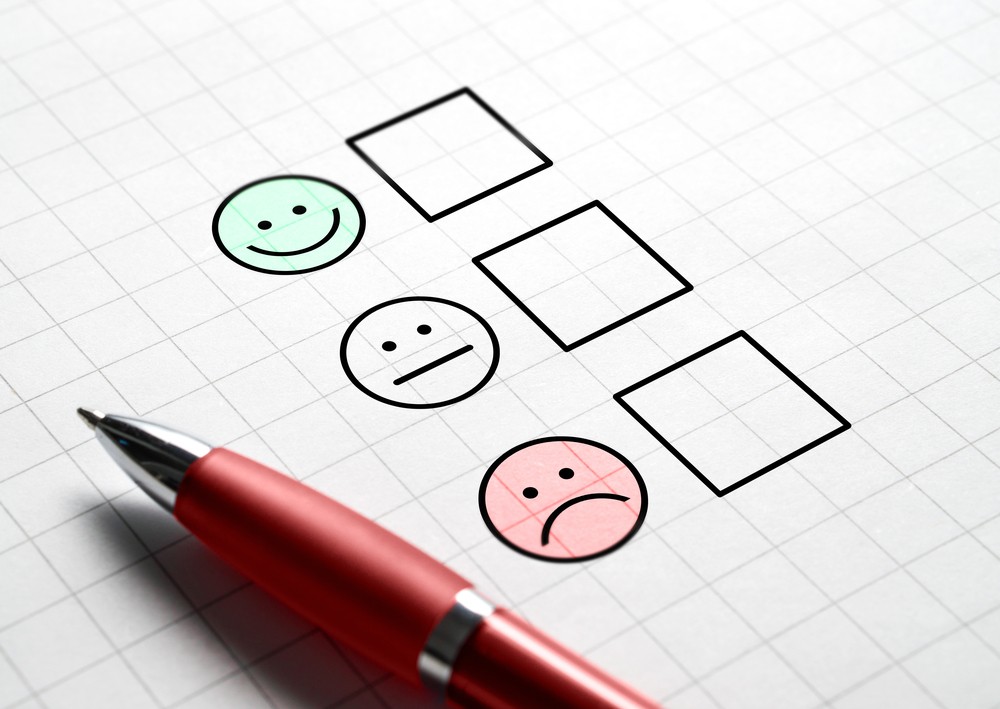
According to Barbara Fredrickson, one of the pioneers of positive psychology and author of Love 2.0: “Positive emotions open the mind and broaden the range of both thoughts and actions. They result in accommodating, welcoming, creative and receptive behaviours.”
Positive emotions such as joy, happiness, gratitude, wonder, enthusiasm, inspiration and love are the sources of deep satisfaction.
In contrast to depression, sadness or disappointment, which usually become part of a vicious cycle, positive emotions lead to a positive cycle as they help us welcome new ideas and experiences and influence how we deal with adversity.
Careful... This does not mean that emotions are simply reduced to a system of neutrality. Positive emotions are not achieved simply through the absence of negative emotions.
As such, removing negative emotions is not sufficient and we must actively develop positive emotions in order to expand our intellectual and emotional universe.

If you seek to make a change or do something important, your work might be rejected along the way.
What will you do after that?
Instead of losing hope, deciding to back off, keeping your head low and do what you're told from now on, or worse, learn nothing and persist. Why don’t you:
It takes grit and resilience, but it will be better than being terminally frustrated.

Snap judgments are a biological necessity handed down from our ancestors. Often a glance was the only thing they had to go on when sizing up their surroundings and calculating risk. But in our modern world, it’s a little odd to be lugging around baggage full of biases that shape and warp our perception.
We shouldn’t question every experience, but sociologist Janis Prince, PhD suggests that we try to be occasionally conscious of the flawed or problematic ideas our unconscious might be hinting at.
The next time you find yourself rushing to judgement, about a customer or a colleague, try asking yourself these questions:
• What other explanations are there for this situation?
• How might I feel if I were the other party in this situation?
• How might the other party describe this situation, if they were recounting it?

"That customer is always so ________ (picky, difficult, pushy, angry, etc.)" or "That colleague is always so ____________ stubborn, brash, arrogant, etc.)."
That label ricochets and keeps on bouncing back, until you are convinced that it is the true definition of that person.
But what if you could tweak those critical classifications and, in the process, the way you perceive those people?
Our brains can change in response to our thoughts through a process called neuroplasticity.
By refreshing your perceptions in how you interpret day-to-day life, you can make your brain a more inviting, benevolent place.
Change your vocabulary. Replace "Picky" by "Discerning", "Difficult" by "Demanding", "Stubborn" by "Steadfast", "Pushy" by "Passionate" or "Brash" by "Confident", etc. All it takes is a change of perspective, and people suddenly look different to you.
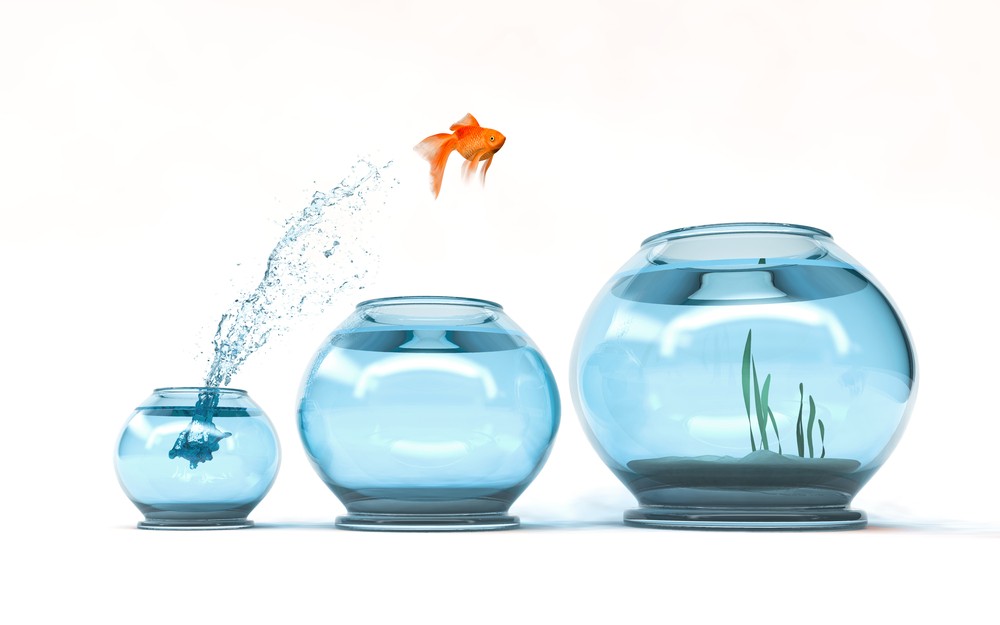
The Fish Bowl Theory states that tropical fish can grow as large as their aquarium will permit; the bigger the aquarium, the larger the fish are able to grow. The fish bowl theory is also applicable to humans.
Picturing your next aquarium creates the same effect as having a vision or an image for your life that dictates your ability to grow.
Moving to a bigger aquarium implies knowing how to move forward towards the next step, even before you’re truly ready.
This theory can be put into practice by having a clear and definite vision in mind and by taking a calculated, premeditated risk, because if the aquarium you decide to build is disproportionate, you will most likely drown.

“We are what we repeatedly do. Excellence, then, is not an act, but a habit.”
- Aristotle
“The ability to act” is the intentional and effective leveraging of a “set of knowledge” (acquired, integrated, mobilized and used) to deal with a given situation. It’s the winning combination that enables an individual to successfully perform their role and responsibilities in a context of action…In short, to be effective!
For many of us, work takes up the bulk of our days. It is a source of great satisfaction or frustration, and the stage for our emotions and our challenges. It’s the place where, in front of everyone, we evaluate our successes and failures.
What are the factors of a successful professional career? Why do some people succeed while others are simply functional for the duration of their careers, or, worse, only barely survive? Obviously, having some luck or getting a degree does contribute to some people’s success, but this only explains a tiny part of these successes. What happens to those who have had the same opportunities or obtained the same diplomas but who, despite everything, don’t reach the same heights?
We all know lawyers, accountants, engineers, receptionists, administrative clerks, salespeople, customer service representatives, IT technicians, analysts, masons, contractors, chefs or hairstylists. Whether they have chosen a profession, a trade, a career or a vocation, some do very well and others fall to the back of the pack and watch those in the front succeed.
What are the skills enabling one individual to be different from the many others, to separate themselves from the masses and to succeed professionally?
In order to succeed in any professional context you must have a toolbox. A Doctor has a toolbox… A Mechanic has a toolbox… A baker has a toolbox… Not all tools are concrete and tangible like hammers, adjustable wrenches or stethoscopes… Our tools are often intangible… They are our professional skills!
Let’s define the term “competence” in a professional context: the notion of competence means to demonstrate having the ability – that is, knowledge, skills and attitudes – to mobilize and accomplish a set of "knowledge" required to carry out a professional activity, enabling an individual to perform their role and responsibilities successfully. These skills are the tools that help you to be effective and to achieve the desired goals.
We will discuss these skills in more detail in the next article, but for now, let’s remember that they are all skills that are valued in the workplace and essential to our professional success. Cultivating good professional skills requires mastery of a number of skills that go beyond a simple “taxonomy of professional skills”. The ability to act unfolds simultaneously in 4 dimensions: relationship to knowledge, relationship to task, relationship to oneself and relationship to others.
However, just because we have accumulated these skills doesn’t mean that we will be able to act accordingly. In other words, the skills are our tools, but the goal is to put them into practice, to transform them into action… To have the ability to act!
Knowing how to act requires having learned to combine other knowledge in a context-specific and orderly way to take an effective action. It is a matter of being able to draw on your repertoire of various kinds of knowledge, to choose the kind that is the most suitable for the situation, and to know how to apply it. It's the ability to consider appropriate actions and their influence on your performance.
The ability to act is a set of “action” skills, such as having good standards of judgment, coping skills, communication skills, management skills, etc., which enable you to take suitable actions leading to a balance of critical elements (relationships, environment, etc.) in relation to the desired results.
Having the ability to act is to know how to…
In the next article we will explore the notion of professional competence in greater detail. Until next time!
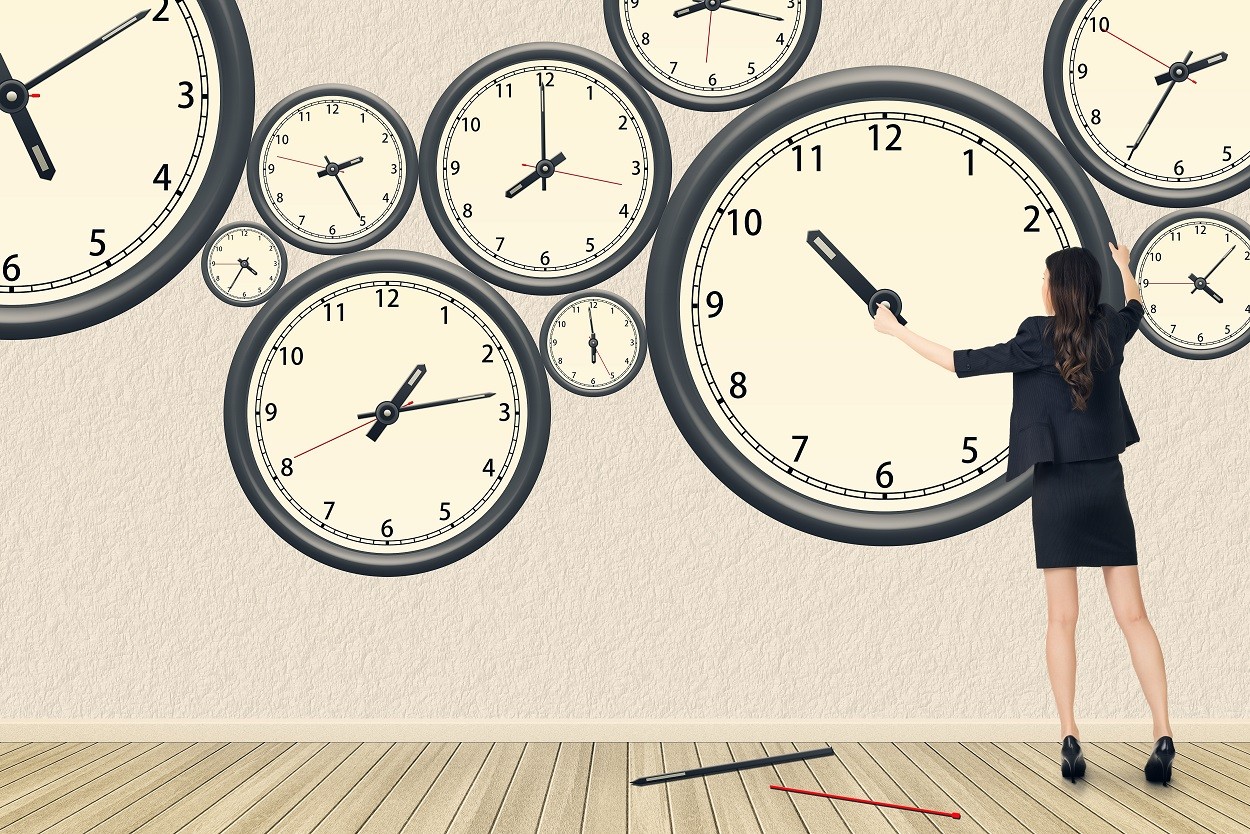
Every time you say ”I don’t have time”, what you are really saying is ”It’s not important enough to be at the top of my list.” We all have the same amount of available time – 24 hours a day, 168 hours a week. However, certain people succeed in reaching their objectives and others are always running behind. Effectiveness is determining what is a priority to us and making choices.

As soon as someone sets two objectives at the same time, each one is analyzed and managed in one hemisphere of the brain. However, by definition, there are only two hemispheres in our brains. Beyond two goals, the human brain reaches saturation and does not seem to process information. Avoid accomplishing too much at once.
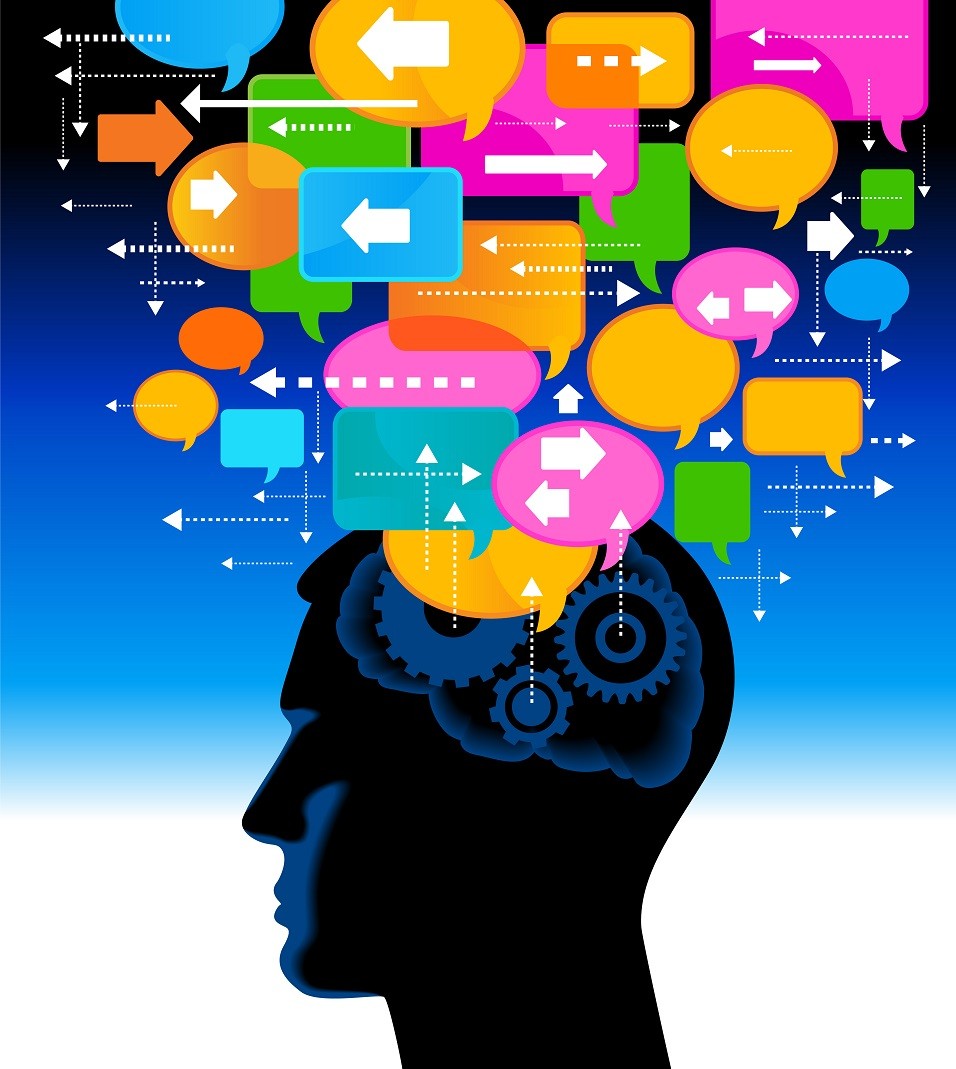
“Watch your thoughts, for they become words.
Watch your words, for they become actions.
Watch your actions, for they become habits.
Watch your habits, for they become character.
Watch your character, for it becomes your destiny”
(author unknown).
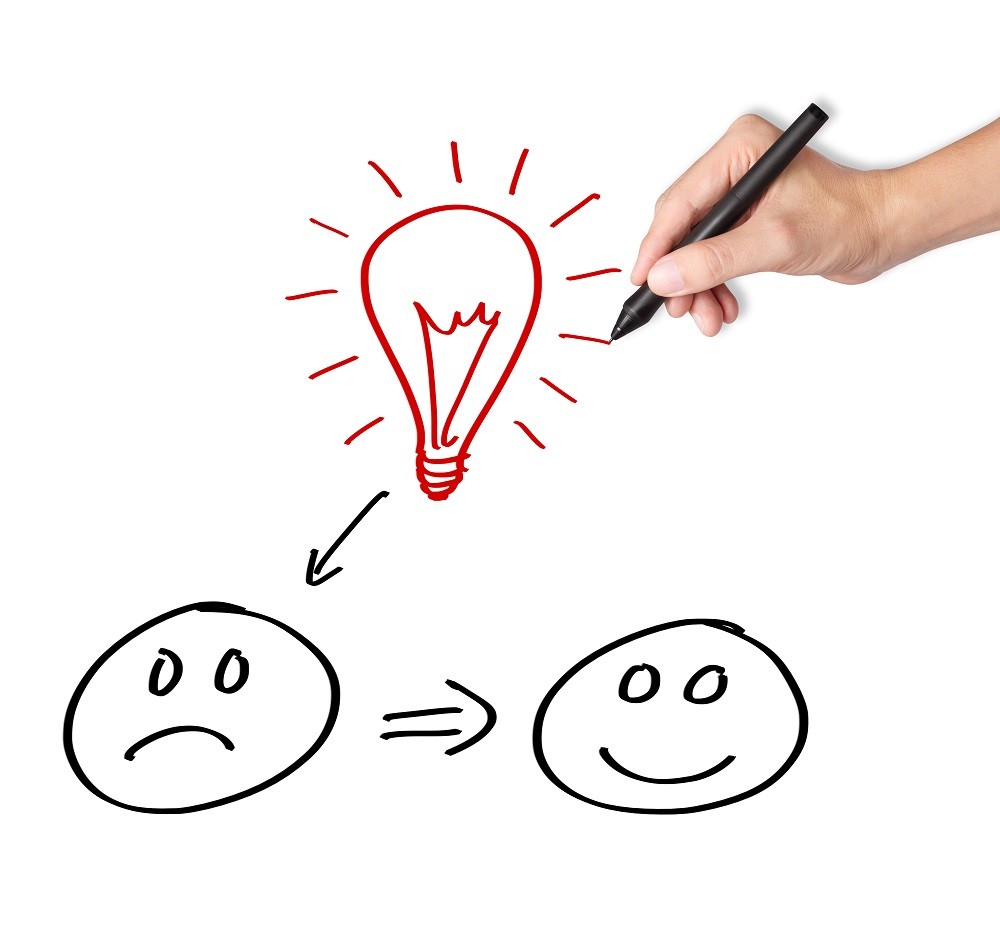
If you're seeking to create positive change in your work, it's almost certain you'll be creating discomfort as well.
Usually, when we want to suggest/impose/ apply something new, we say, "this is a great idea, this is going to make our work better, this is a better way of doing things."
What's a lot more difficult (but useful) is to say all of that plus, "and this is going to make (some) people uncomfortable."… and then have that conversation.

Highly successful people view reaching out to receive support as a strength. Also, successful people label fear by its name. They don’t bother calling it stress, anxiety or nerves.
When we call fear stress, we tend to blame situations and other people for our responses. This leads to feeling of helplessness and encourages us to complain rather than to act.
Yet when we call fear by name, we are led to take action by actually addressing it.

Which personality traits will make you a happy and accomplished person?
Psychologists from University of London have identified the “life skills” of those who are thriving. These life skills include five characteristics that help us manage our lives:
Experts have observed that the level of subjective wellness, income, quality of social relationships, physical and mental health are predicted by the number of life skills that a person possesses. And they can be developed!
Cerveau & Psycho (June 2017)

By learning how to skillfully solicit, receive, and offer feedback, we equip ourselves with important tools for creating a balanced and effective workplace.
Regularly asking for advice fosters a socially and emotionally intelligent work atmosphere. And respectfully offering suggestions to others can build trust and collegiality.

We may be getting the job done but too often we go home feeling demoralized and frustrated.
In order to reduce work-related stress we need to promote accomplishments and emotional well-being at work. Not one or the other.
When human hearts are aligned with work, success becomes a challenge and a joy … and the best place to start is to work with the conflicts that arise in your own relationships at work.

Choosing in the face of complexity and uncertainty requires mental acuity. Having the simple ability to confidently choose one course of action while abandoning others is a great predictor of success.
Sometimes sticking with something is a recipe for failure, while quitting is winning!
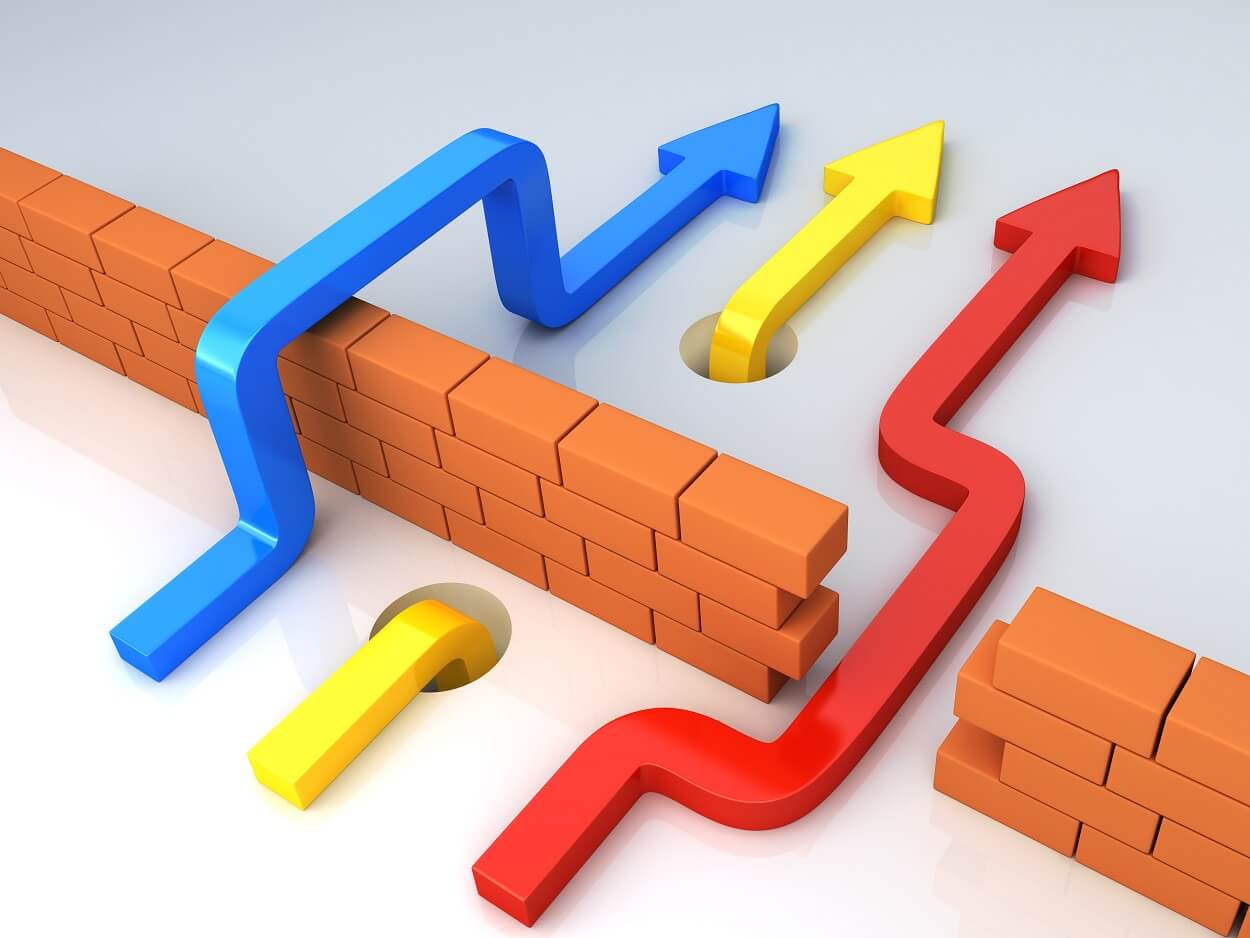
A broad array of psychologists, educators, and neuroscientists would like us to start recognizing creativity (defined as the production of something novel and appropriate) as basic to human development and crucial to psychological health.
Mark Runco, PhD has found that for many people the ability to imagine potential obstacles to a goal and generate a range of solutions (hallmarks of creative intelligence) predicts both overall well-being and more satisfying relationships. Inflexible thinking, on the other hand, is associated with depression.

Sometimes we confuse self-confidence with:
● Loudness
● Brusqueness
● A resistance to change
● An unwillingness to compromise
● Stubbornness
● Fast talking
● Manipulating
● ... and Arrogance
None of these characteristics are actually signs of self-confidence. In fact, they are symptoms of an excess or a lack of self-confidence.
Individuals and organizations all have a chance to choose between a wholesome self-confidence, arrogance or insecurity. Because it is a choice, isn't it?
Statements such as "I just work here”, "It’s not my responsibility" or "I’m just following orders" are the worst kind of ethical excuses since work ethic is a value based on hard work and diligence.
People with a strong work ethic feel personally responsible for their job performance and care about the quality of their work.
“Imagine life as a game in which you are juggling some five balls in the air. You name them — work, family, health, friends and spirit and you’re keeping all of these in the air. You will soon understand that work is a rubber ball. If you drop it, it will bounce back. But the other four balls — family, health, friends, and spirit — are made of glass. If you drop one of these, they will be irrevocably scuffed, marked, nicked, damaged, or even shattered. They will never be the same. You must understand that and strive for balance in your life.” ―Brian Dyson, former vice chairman and COO of Coca-Cola
Feedback shouldn’t be a judgement on personality. It should be an objective message on behavior and its consequences – be it on a job well done or a suggestion on the way to improve it.
The objective of giving feedback is to encourage the receiver to go forth by learning, growing and changing not what he is but what he does.
When feeling overwhelmed, it’s tempting to respond by working harder. But humans are "cyclical" so working more doesn’t just make you miserable, it makes for worse work too.
First, give yourself permission to ease up. Don’t add unnecessary pressure by trying to "motivate yourself", which really just means beating yourself up for feeling bad.
Second, respond correctly by taking productive action and focus on pacing yourself. Re-introduce rhythm to your routine, start small, one action at a time.
« Vraiment une formation extraordinaire, et habituellement, je suis très critique! Tout le personnel devrait suivre cette formation, il y aurait un gain d’efficacité! »
Ville de Québec
« C’est avec un grand professionnalisme que l’entreprise a offert une formation attrayante et de qualité à nos employés. Nous sommes particulièrement satisfaits des résultats obtenus grâce à cette intervention et il nous fera plaisir de retravailler avec Solutions & Co. dans l’avenir. »
Xavier Aymé, Chef des opérations | Mercator Canada Inc.